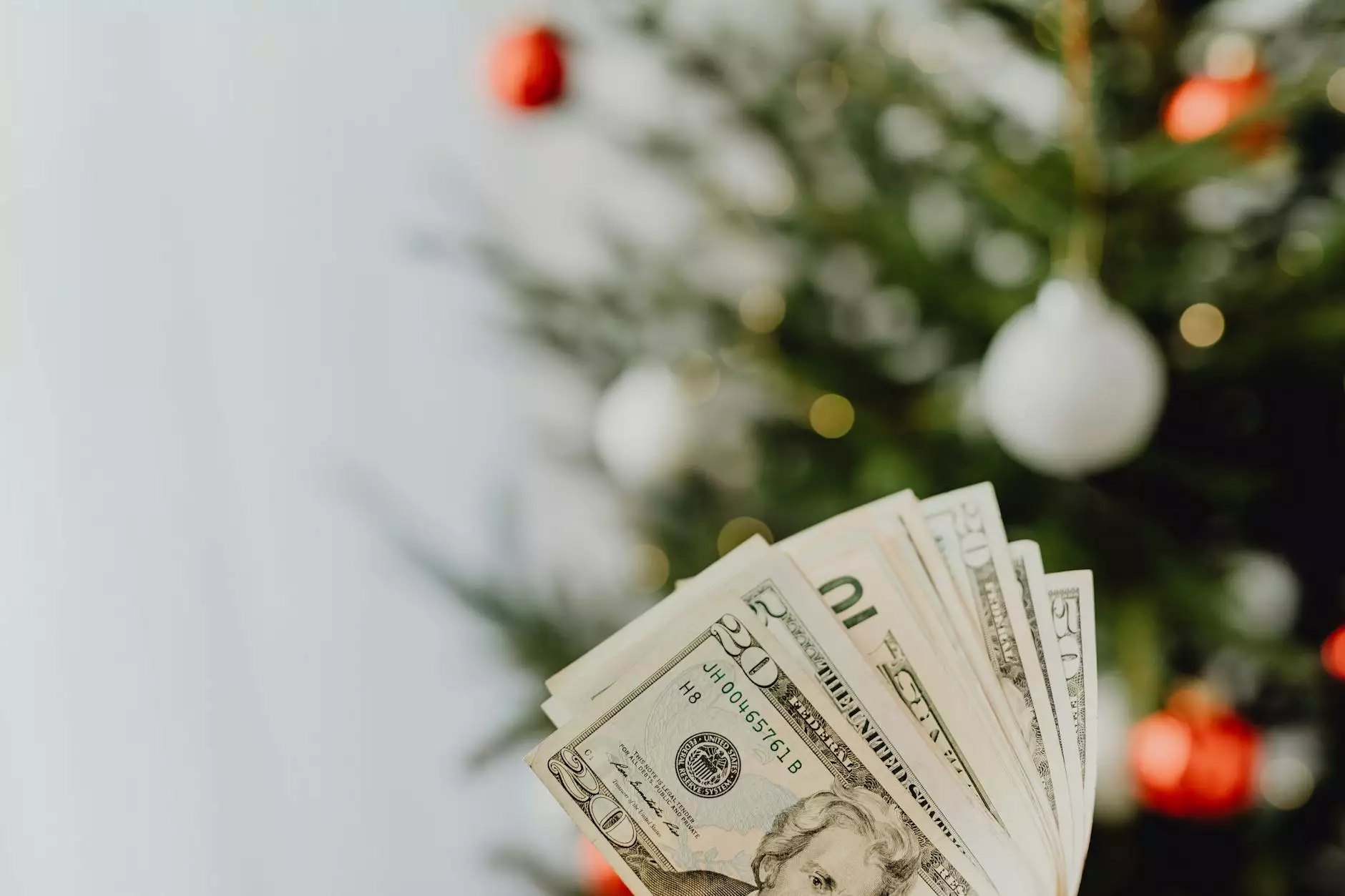Understanding Paper Fake Money: A Comprehensive Guide

Paper fake money has increasingly become a topic of interest among businesses and collectors alike. As the world of finance evolves, the demand for realistic looking counterfeit alternatives has grown. This article aims to provide in-depth information regarding paper fake money, its types, uses, and the implications it has in today's economy.
The Basics of Paper Fake Money
Paper fake money, commonly known as counterfeit money, refers to imitation currency that is made to look like real money. However, it is important to differentiate between legal reproductions used for entertainment or educational purposes, and illegal counterfeiting that has severe legal consequences.
Types of Fake Money
- Reproduction Notes: These are designed to mimic real currency but are often marked or designed to be obviously fake, making them legal for use in props or educational contexts.
- Counterfeit Money: This is illegal and meant to deceive merchants and individuals for financial gain. It is made to look indistinguishable from real currency.
- Novelty Bills: These are often used in games, promotions, or as collectibles, and typically carry disclaimers ensuring they are not real currency.
The Uses of Paper Fake Money
Businesses often utilize paper fake money in various capacities. Here are several common applications:
1. Educational Purposes
Many educational institutions incorporate fake money into their curriculum to teach students about finance and economics. Using paper fake money allows learners to engage in real-world simulations without the risk of losing actual cash.
2. Entertainment and Marketing
In the entertainment industry, props made from paper fake money add realism to film and television productions. Similarly, businesses often use novelty bills in promotions or events to create an engaging and fun atmosphere.
3. Collectibles and Memorabilia
Some collectors focus on paper fake money, keeping unique or rare replicas as a part of their investment portfolio or hobby. The beauty and rarity of these notes can sometimes surpass that of genuine currency.
Legal Implications of Paper Fake Money
Understanding the legal landscape surrounding paper fake money is crucial. Here’s what you need to know:
Counterfeiting Laws
Creating or distributing counterfeit money is illegal in virtually every jurisdiction across the globe. Engaging in such activities can result in hefty fines, imprisonment, and a criminal record.
Legal Use of Reproductions
Legitimate reproductions, on the other hand, are often permitted but come with strict guidelines. For example, many countries require that any reproduction must be marked clearly as fake and not exceed a specific size.
The Role of Variablebills.com
At variablebills.com, we specialize in paper fake money that complies with legal standards while offering high-quality products for legitimate use. Our offerings range from educational materials to novelty bills for events, ensuring that our clients can profit while adhering to the law.
Common Myths About Paper Fake Money
Several misconceptions surround paper fake money. Let's debunk some of the most common myths:
Myth 1: All Fake Money is Counterfeit
Not all fake money is counterfeit. Legal reproductions are designed for educational and entertainment purposes, and while they may look real, they carry identifiers that clarify their status.
Myth 2: Fake Money Can be Used in Transactions
This is incorrect. Using counterfeit money in transactions is considered fraud and is prosecutable by law. Always ensure that you are using legitimate currency in financial exchanges.
How to Spot Fake Money
Detecting paper fake money requires a keen eye. Here are some tips to help you recognize counterfeit currency:
- Check the Watermark: Genuine bills have watermarks that should be visible when held up to the light.
- Feel the Texture: Authentic currency has a unique feel due to the paper and printing processes used.
- Look for Security Features: Features like micro-printing, color-shifting ink, and security threads help identify real notes.
Benefits of Investing in Paper Fake Money
Investing in paper fake money can be a lucrative venture for those in the know. Here are the benefits:
- Diverse Portfolio: Fake money adds an interesting element to an investment portfolio, particularly for collectors.
- Low Entry Cost: Compared to traditional investments, acquiring high-quality replicas is often more affordable.
- Niche Markets: There is a growing market for novelty items and collectables, allowing savvy investors to tap into this lucrative niche.
Conclusion
Understanding paper fake money is essential for businesses and individuals alike. Whether for educational purposes, marketing strategies, or collectibles, the role of fake money remains significant in today's economy. As a responsible provider, variablebills.com champions legal reproduction and quality. Make sure to approach this fascinating world with knowledge and awareness of the laws that govern it to avoid any pitfalls.
For more information on how to integrate paper fake money into your business strategy, visit us at variablebills.com.



